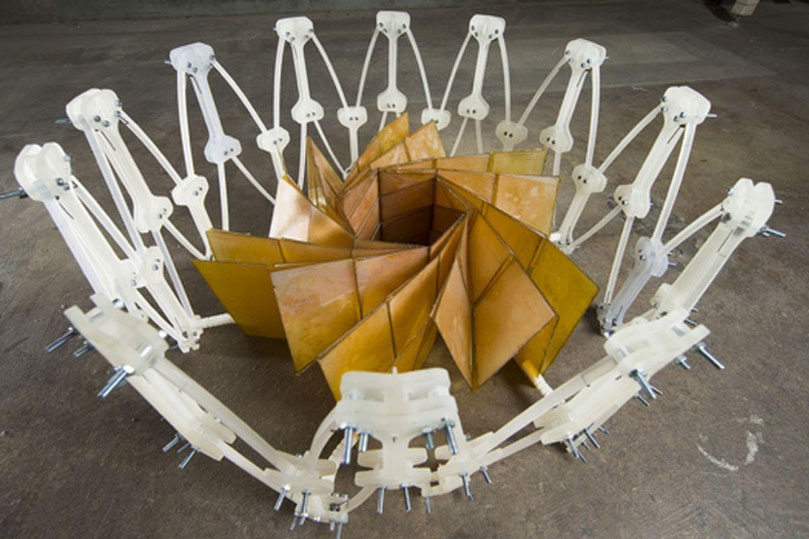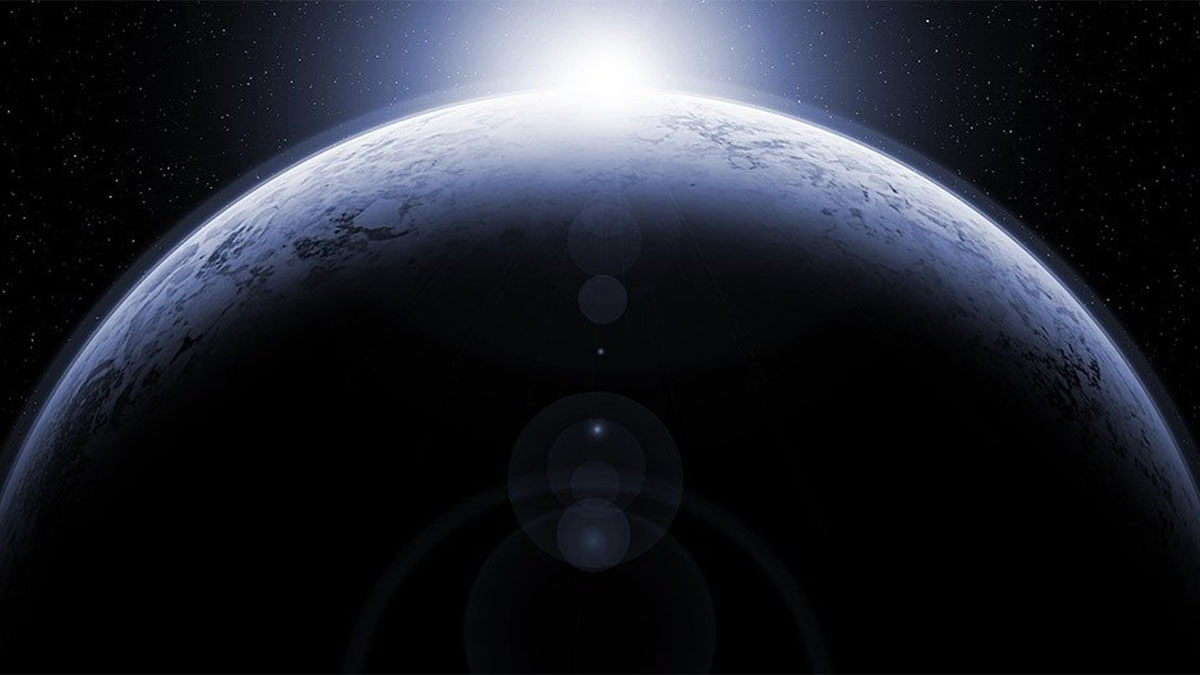Hi, everyone! This is Romal Mitr. I wanted to write about an article that discussed the wide-scale applications that origami can have. Using the principles and techniques involved in creating origami, NASA researchers have found ways to facilitate easier deployment of their devices into space. If you would like to read the article, it can be found at: https://www.nasa.gov/jpl/news/origami-style-solar-power-20140814
The article discusses the utility of having solar panels in space to capture the solar rays and send it down to Earth, essentially providing Earth with constant renewable energy. This would require the use of solar panel arrays, which are structures that are about 82 feet wide. With such a large size, deployment of such arrays into space would pose many obstacles. However, one particular mechanical engineer at NASA’s Jet Propulsion Laboratory named Brian Trease, a former origami enthusiast, came up with a solution to this problem. The answer lies in the use of origami folding patterns to decrease the size of the arrays.
In order to fold the solar arrays, Japanese astrophysicist Koryo Miura developed his own type of fold called the Miura fold, a commonly used method to fold a paper into a much smaller area. As the article states, “Miura intended this fold for solar arrays, and in 1995 a solar panel with this design was unfolded on the Space Flyer Unit, a Japanese satellite.” However, a revival of using origami and folding techniques to minimize the area of solar arrays inspired Trease to apply his passion for origami into his work.
Despite the added challenge that the thickness of the solar arrays posed while folding, Trease and his team constructed a prototype of the folded solar panel array. The team used a combination of various folding methods and styles to create their folded solar array prototype that resembled a blooming flower. When opened up, it become a circular surface that requires no astronaut assembly. Using the intricate techniques of folding, Trease and his team collaborated with other origami experts in order to fold the solar array from 82 feet in diameter to just 8.9 feet in diameter, a significant reduction in space that will allow for easier deployment.

Source: BYU and NASA
Trease has expressed his views of the potential for various folding patterns involved in origami to be integrated into diverse fields by saying that origami is “a unique crossover of art and culture and technology” and that within the last 40 years alone, “There is growing interest in integrating the concepts of origami with modern technologies.”
Let me know your thoughts on the diverse applications of origami and its complex folding patterns. Join the discussion!






Nice article!